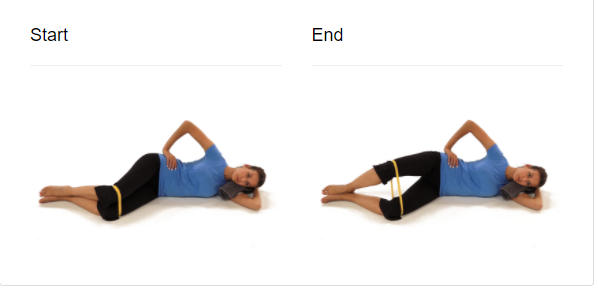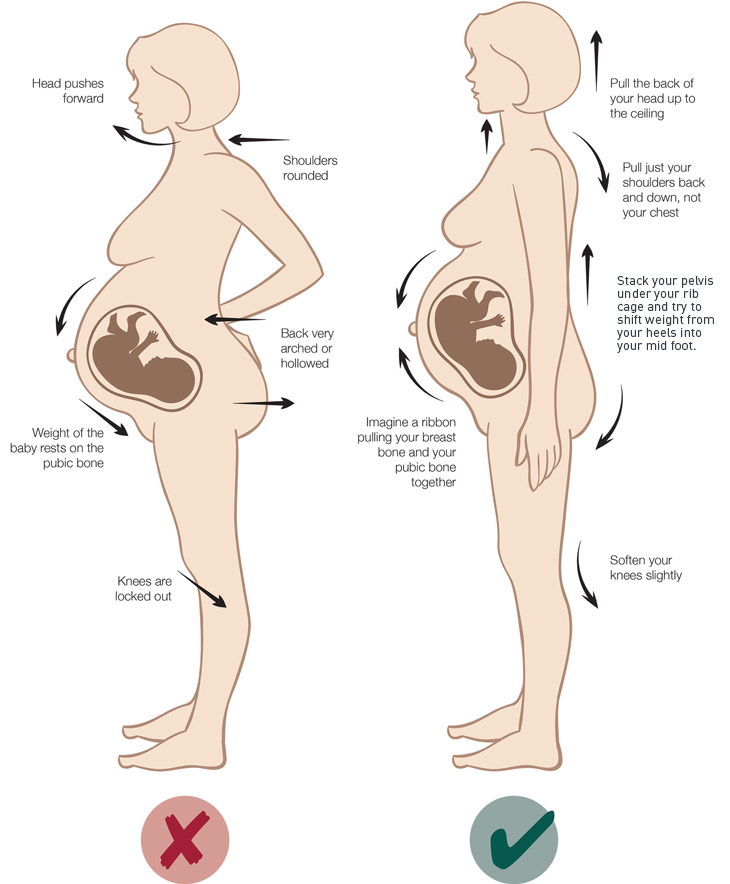The connection between pregnancy and hip pain

Pregnancy is a remarkable life event that brings all kinds of changes to the human body. Most of these changes are temporary as our bodies grow and shift to accommodate its tiny growing inhabitant. Unfortunately, these natural transitions can be accompanied by discomfort in the low back, pelvis, groin, and hip regions.
Hip pain can be common at any stage of pregnancy. It can be aggravated at night while side-sleeping, getting in and out of the car, standing for long periods; or during certain movements like rolling over in bed or going up and down stairs.
Many women experience hip pain during pregnancy, and this can be due to several factors:
Hormones
The body produces a hormone called Relaxin during pregnancy which helps to soften connective tissue (for example ligaments) between the bones and joints in the pelvis. This helps to prepare the body for birth by widening the pelvis to create enough space for the baby to exit.
As a result, there can be an increase in mobility in the joints. Muscles and other tissues will try to compensate for this extra movement, especially our pelvic floors, deep hip, and groin muscles.
These important muscles can become overworked and fatigued, leading to general hip achiness. This can also be the cause for those sharp “catching” pains in the buttock, hip and tail bone regions during certain movements.
Tips for relief
Although we can’t stop, nor do we want to stop the body from making these essential hormones, we can give overworked tissues some support with gentle strengthening exercises to help create more pelvic girdle control – such as gentle glute strength and pelvic floor exercises.
These exercises can be as simple as bridges and clamshells while lying down, or if you prefer standing, a wide stance squat will work those glutes appropriately. Some women may also find a support belt helpful. These can act as a substitute for those extra stretchy ligaments and create some compression across the pelvis and hips.
Glute bridge

Clamshells

To minimize stress or strain during pregnancy, try these simple techniques when performing common daily movements:
- When getting out of a car, swivel your legs together as you turn to get out, rather than swinging one leg out and down before following with the other. You can also put a plastic bag on your seat to help make the swivel a little easier.
- Before rolling over in bed, try to do 5 small bridging movements to wake up your glutes before you attempt to roll.
- When you are ready to roll from your back to your side, roll your top half first, leading with your arm and then pushing off with your heel to finish the movement with your legs.
A Pelvic Floor Physiotherapist can help prescribe appropriate exercises as well as support belts (and other helpful education surrounding pregnancy). It might be as simple as teaching a proper pelvic floor contraction and providing guidance for a weekly exercise routine.
Postural changes
Changes in weight distribution (due to a growing tummy) and an increased level of stress on core structures, such as the pelvic floor and abdominals, can encourage a non-optimal posture when standing and sitting.
For example, when standing, the curvature of the low back may be increased by pushing the tummy forward while locking out at the knees. This is called an increased lumbar lordosis.
Tips for relief
That growing belly is going to get in the way, but try to align or stack the ribcage over top of the pelvis to take that big curve out of your low back. This may require some engagement of your lower abdominal muscles as well as ensuring your buttock muscles aren’t clenched all day long.
Try to gently unlock your knees and ensure that you don’t have all of your weight in your heels. A physiotherapist can help teach these positions. If it’s getting hard to maintain this posture in standing or if pain is increasing, it’s time to sit and take a load off for a few minutes.

Limited sleeping positions

Finding a comfortable sleeping position can become hard as pregnancy progresses. When sleeping on your front or back are no longer options, this only leaves a few positions to try.
Tips for relief
Support. Support. Support. The pregnant body must be supported at night. While side sleeping, a pillow placed between the legs can help maintain spinal and pelvic alignment. If side sleeping is hard or uncomfortable, then try to sleep in a semi-recumbent position.
This means lying back on some pillows like you would when you read a book or watch a movie in bed. Bonus: this more upright position can help with acid reflux. Most women find a pregnancy body pillow offers the best supporting options.
Remember, you don’t have to be directly on your sides to sleep, you can rotate forwards or backwards a little bit, depending on what is comfortable. You just don’t want to be directly flat on your back or directly on your stomach. Pillows propped behind and in front can help you achieve this.
Take comfort in knowing that for most women, these changes are temporary as the body prepares for birth. Hip pain is a common occurrence in pregnancy, but there is no reason to suffer as it can be lessened or alleviated with many different techniques and some guidance from a physiotherapist.
If the pain is severely disrupting your daily life or seems to ramp up in a way that hasn’t been typical for your pregnancy, it is important to see your physician. But if the aches and pains described above seem familiar to you, seeking the expertise of a Physiotherapist trained in prenatal care may be a great option.
Find a physiotherapist near you or book an appointment online if you’re experiencing discomfort and want to seek treatment.
Author Details

We can help you move and feel better.
Book an appointment today.